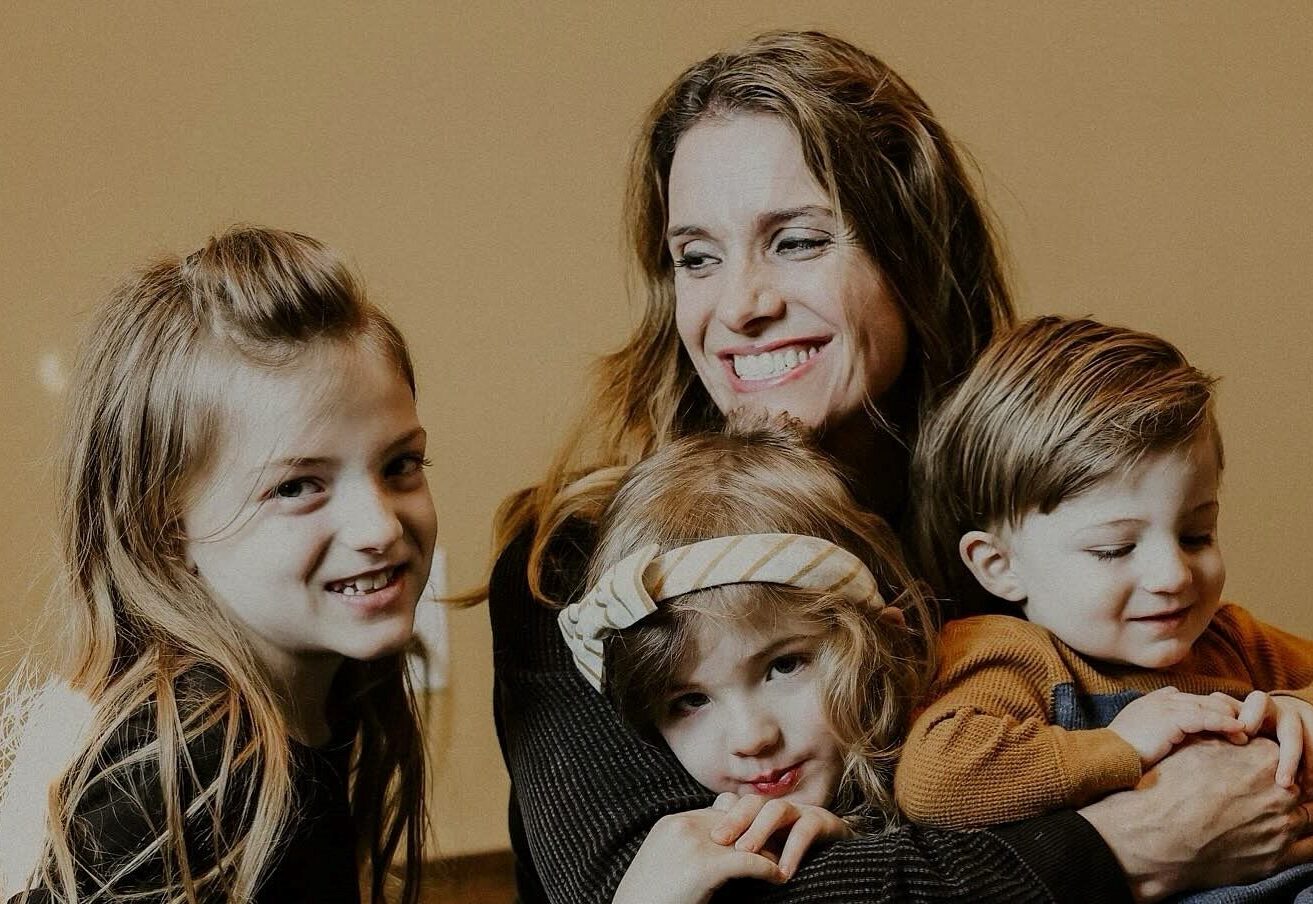“If you don’t clean your room right now, no video games for three months!” Boy, that sounds tough, but come on; will you really follow through on a threat like that? The bottom line is that threats don’t work. Here’s what does – reality discipline.
If you want your child to have a respectful, kind attitude; to have behavior that you’ll want to write your grandma about, and to have character that reveals itself as true-blue even when you aren’t watching, follow these 3 simple strategies for success.
1. Let reality be the teacher.
Reality Discipline is a term I coined in 1984. Basically it means to let nature take its course. When nature doesn’t take care of the problem, you help nature along. Don’t rescue your kids from the consequences of failed responsibility.
If your son is supposed to do a project for chemistry and doesn’t complete it, don’t stay up until midnight doing it yourself. In fact, don’t do anything about it at all. Don’t even mention it. Just wait for reality to hit when he stands in front of his stern chemistry teacher, who tells your son in no uncertain terms what he thinks of incomplete projects.
If your little girl goes into her older sister’s room and gets into her makeup, don’t intervene in the situation and help her clean it up before her sister gets home. Unless she thinks to clean it up herself, don’t bother. Just wait to see what her older sister is going to say, and let the two of them work it out.
Parents have a tendency to rub their child’s nose in what he does wrong. In most cases, letting reality be the teacher is enough discipline in itself.
There’s also a tendency to be a bone digger—digging up the situation long after it’s over and hitting your child over the head with the “bone.” Just remember, you’ve done wrong things and have been forgiven. How would you feel if someone kept reminding you of your failures?
2. Learn to respond rather than react.
Parents are good at shooting themselves in the foot. Often we react instead of respond. Our emotions get the better of us, and we speak or act without thinking first.
What’s the difference between responding and reaction? If the doctor says, “You responded to your medication,” that’s good. If the doctors says, “You reacted to your medication,” that’s bad.
While you’re driving, your little girl says out of the blue, “Mommy, I want a pony.”
“What?” you say. “That’s the stupidest thing I’ve ever heard of. There’s no way we could get a pony! We live in a two-bedroom apartment in Baltimore. And we’re barely making ends meet. There’s no way we could afford a pony. Are you out of your mind?”
That’s reacting. Answering without thinking in the situation.
This is responding: “Oh, a pony.” (Pause, to show you’re dreaming and thinking about it too.) “Can you imagine having your own pony? Getting up in the morning, saddling him, and riding to school as the other kids walk to school? Can you imagine waving to those kids as you go by? I can see the pony now. He’s black and white. Wow, wouldn’t that be cool? At lunchtime, all the kids would eat in the cafeteria, but you’d go outside and check on your horse first…”
Sure, you live in a two-bedroom apartment in Baltimore. But why shoot your child’s dream out of the water? Your child will eventually realize that a pony wouldn’t fit in your home.
There’s a way to stick to your guns without shooting yourself, or your children, in the foot. Instead of reacting, you respond by saying, “Tell me more about that.”
3. B doesn’t happen until A is completed.
You never have to change this strategy. It works every time, with every age. If you’ve asked your child to do something and it’s not done, you don’t go on to the next event-no matter what that event is.
Let’s say you’ve asked your 8-year-old son to mow the lawn, and it’s clearly not mowed. Two hours later your son wants to go to the pet store to get fish you promised him. If your son is 16, he’d probably want to head to his buddy’s to shoot pool. He wouldn’t care about the pet fish. But no matter what the activity is, simply say, “we’re not going,” then turn your back and walk away.
If your child follows you, don’t announce your strategy. It works better if the child has to figure it out for himself. It comes down to this: seeing the change implemented is more about you than it is about your child. It’s more about you changing your Attitude, Behavior, and Character.
Here’s a caveat: when you start applying these techniques, often Attitudes and Behaviors will get worse for a time. But that’s actually good news-it means you’re on the right track!
The most important thing is that you use consistent action, not words. You don’t embarrass the child on purpose; you correct the behavior. You keep the tennis ball or responsibility in his court, not yours. There is no harassing, no threatening, no warning. There’s no reminding, no coaxing. There are no put-downs, because no one wins with put-downs. In today’s democratic society, if you have the right to put me down, guess what right I have? No one wins in such a situation. Your relationship breaks down. But as you work together on Attitude, Behavior, and Character, you can work your way toward a relationship that’s mutually satisfying.
Related Resource: 3 Discipline Basics
Taken with permission from Have a New Kid By Friday! by Dr. Kevin Leman.








